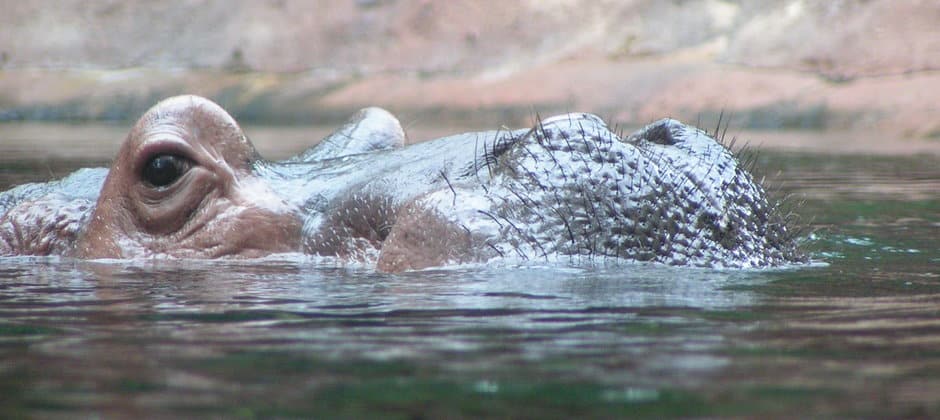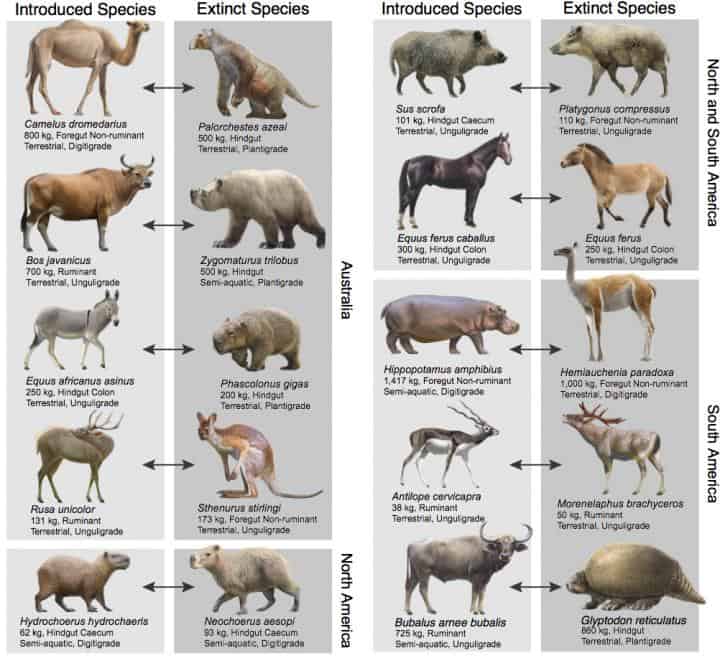Share this article
Feral hippos may fulfill long lost ecosystem role
Descendants of hippos imported to Colombia by drug lord Pablo Escobar may actually be fulfilling the ecosystem roles of long-extinct wildlife, according to new research. The handful of hippopotamus (Hippopotamus amphibus) imported by Escobar, leader of the infamous Medellin Cartel, in the late 1980s has since grown to a population of more than 80 animals in wetlands near Medellin.
Previous research has shown that these hippos, deemed the largest invasive species of the planet at the time, changed the oxygen levels, water quality and chemical make-up of the waterways they live in. But a new study indicates that some of these changes may be helping restore the local ecosystem to the ancient conditions of the Late Pleistocene of 16,000 to 12,000 years ago, when mammoths (Mammuthus), giant wombats (Diprotodon) and giant sloths (Megatherium) roamed the area.
“The feral hippos in South America are similar in diet and body size to extinct giant llamas, while a bizarre type of extinct mammal – a notoungulata – shares with hippos large size and semiaquatic habitats,” John Rowan, Darwin fellow in organismic and evolutionary biology at the University of Massachusetts Amherst and a co-author of the study published recently in Proceedings of the National Academy of Sciences, told The Guardian. He added that while hippos weren’t a perfect fit, they did restore some of the ancient ecological roles. And according to the study, Escobar’s hippos weren’t the only example of this occurring. Many introduced aquatic herbivores around the world had resulted in restored ecological traits lost when local species went extinct.
Header Image: Introduced herbivores share many key ecological traits with extinct species across the world. ©Darrell Taylor









